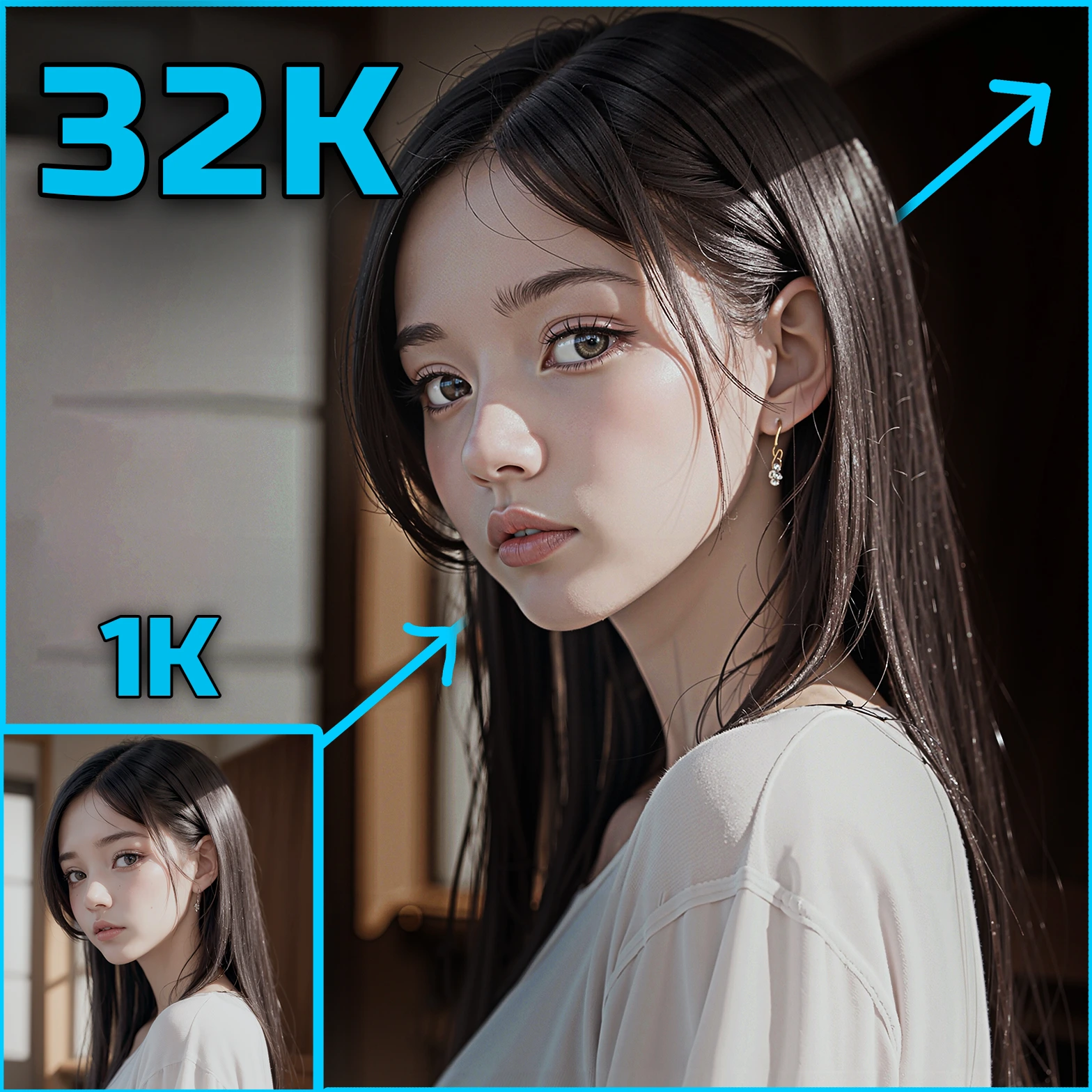ComfyUI Node: Batch Prompt Schedule SDXL (Latent Input) 📅🅕🅝
BatchPromptScheduleSDXLLatentInput
CategoryFizzNodes 📅🅕🅝/BatchScheduleNodes
FizzleDorf (Account age: 2264days)Extension
FizzNodesLatest Updated
2024-10-29Github Stars
0.42K
How to Install FizzNodes
Install this extension via the ComfyUI Manager by searching for FizzNodes- 1. Click the Manager button in the main menu
- 2. Select Custom Nodes Manager button
- 3. Enter FizzNodes in the search bar
Visit ComfyUI Online for ready-to-use ComfyUI environment
- Free trial available
- 16GB VRAM to 80GB VRAM GPU machines
- 400+ preloaded models/nodes
- Freedom to upload custom models/nodes
- 200+ ready-to-run workflows
- 100% private workspace with up to 200GB storage
- Dedicated Support
Batch Prompt Schedule SDXL (Latent Input) 📅🅕🅝 Description
Facilitates scheduling and interpolation of prompts for SDXL models with latent inputs, enabling dynamic animations.
Batch Prompt Schedule SDXL (Latent Input) 📅🅕🅝:
The BatchPromptScheduleSDXLLatentInput node is designed to facilitate the scheduling and interpolation of prompts for Stable Diffusion XL (SDXL) models, specifically when working with latent inputs. This node processes and schedules prompts over a series of frames, allowing for the creation of dynamic and evolving animations. By handling both positive and negative prompts, it ensures that the conditioning applied to the latent inputs is comprehensive and balanced. The node is particularly useful for AI artists looking to create complex animations or sequences where the prompt needs to change smoothly over time, providing a high degree of control and flexibility in the creative process.
Batch Prompt Schedule SDXL (Latent Input) 📅🅕🅝 Input Parameters:
settings
The settings parameter is an instance of ScheduleSettings that contains various configuration options for the scheduling process. This includes text prompts, pre-text, and app-text for both global (G) and local (L) contexts, as well as other settings that control the interpolation and weighting of prompts. The settings parameter is crucial as it dictates how the prompts are processed and scheduled over the frames.
clip
The clip parameter represents the CLIP model used for encoding the prompts. It is essential for converting the text prompts into embeddings that can be used for conditioning the latent inputs. The clip model ensures that the text prompts are accurately represented in the latent space, which is critical for generating coherent and high-quality outputs.
latents
The latents parameter is the input latent tensor that will be conditioned based on the scheduled prompts. This parameter is the core of the node's functionality, as it represents the initial state of the image or animation that will be modified according to the scheduled prompts. The latents parameter allows for the integration of the scheduling process directly into the latent space, enabling more complex and nuanced animations.
Batch Prompt Schedule SDXL (Latent Input) 📅🅕🅝 Output Parameters:
p
The p parameter is the output tensor representing the positive conditioning applied to the latent inputs. This tensor is the result of the interpolation and scheduling of the positive prompts over the frames, providing the necessary conditioning to guide the generation process towards the desired outcome.
n
The n parameter is the output tensor representing the negative conditioning applied to the latent inputs. Similar to the positive conditioning, this tensor is derived from the interpolation and scheduling of the negative prompts, ensuring that any undesired features are suppressed during the generation process.
latents
The latents parameter is the modified latent tensor after the conditioning has been applied. This output represents the final state of the latent inputs, ready to be used for generating the final image or animation. The latents parameter is crucial as it encapsulates the entire scheduling and conditioning process, providing a seamless integration into the overall workflow.
Batch Prompt Schedule SDXL (Latent Input) 📅🅕🅝 Usage Tips:
- Ensure that your
ScheduleSettingsare well-defined, with clear and concise prompts for both global and local contexts to achieve the best results. - Experiment with different interpolation settings to find the optimal balance between smooth transitions and prompt fidelity.
- Use the
clipmodel that best matches your creative goals, as different models may produce varying results in terms of style and coherence.
Batch Prompt Schedule SDXL (Latent Input) 📅🅕🅝 Common Errors and Solutions:
Error: "Invalid settings configuration"
- Explanation: This error occurs when the
ScheduleSettingsprovided are incomplete or incorrectly formatted. - Solution: Double-check your
ScheduleSettingsto ensure all required fields are filled out correctly and that the text prompts are properly formatted.
Error: "CLIP model not found"
- Explanation: This error indicates that the specified
clipmodel is not available or incorrectly referenced. - Solution: Verify that the
clipmodel is correctly specified and available in your environment. Ensure that the model name matches exactly with the available models.
Error: "Latent input tensor is missing or invalid"
- Explanation: This error occurs when the
latentsparameter is not provided or is in an incorrect format. - Solution: Ensure that the
latentsparameter is correctly passed to the node and that it is in the expected tensor format. Check for any issues in the data pipeline that might affect the latent inputs.
Batch Prompt Schedule SDXL (Latent Input) 📅🅕🅝 Related Nodes
- Description
- Batch Prompt Schedule SDXL (Latent Input) 📅🅕🅝:
- Batch Prompt Schedule SDXL (Latent Input) 📅🅕🅝 Input Parameters:
- Batch Prompt Schedule SDXL (Latent Input) 📅🅕🅝 Output Parameters:
- Batch Prompt Schedule SDXL (Latent Input) 📅🅕🅝 Usage Tips:
- Batch Prompt Schedule SDXL (Latent Input) 📅🅕🅝 Common Errors and Solutions:
- Related Nodes
RunComfy is the premier ComfyUI platform, offering ComfyUI online environment and services, along with ComfyUI workflows featuring stunning visuals. RunComfy also provides AI Playground, enabling artists to harness the latest AI tools to create incredible art.


